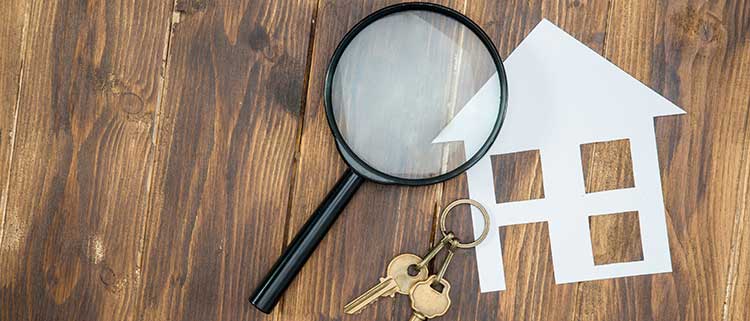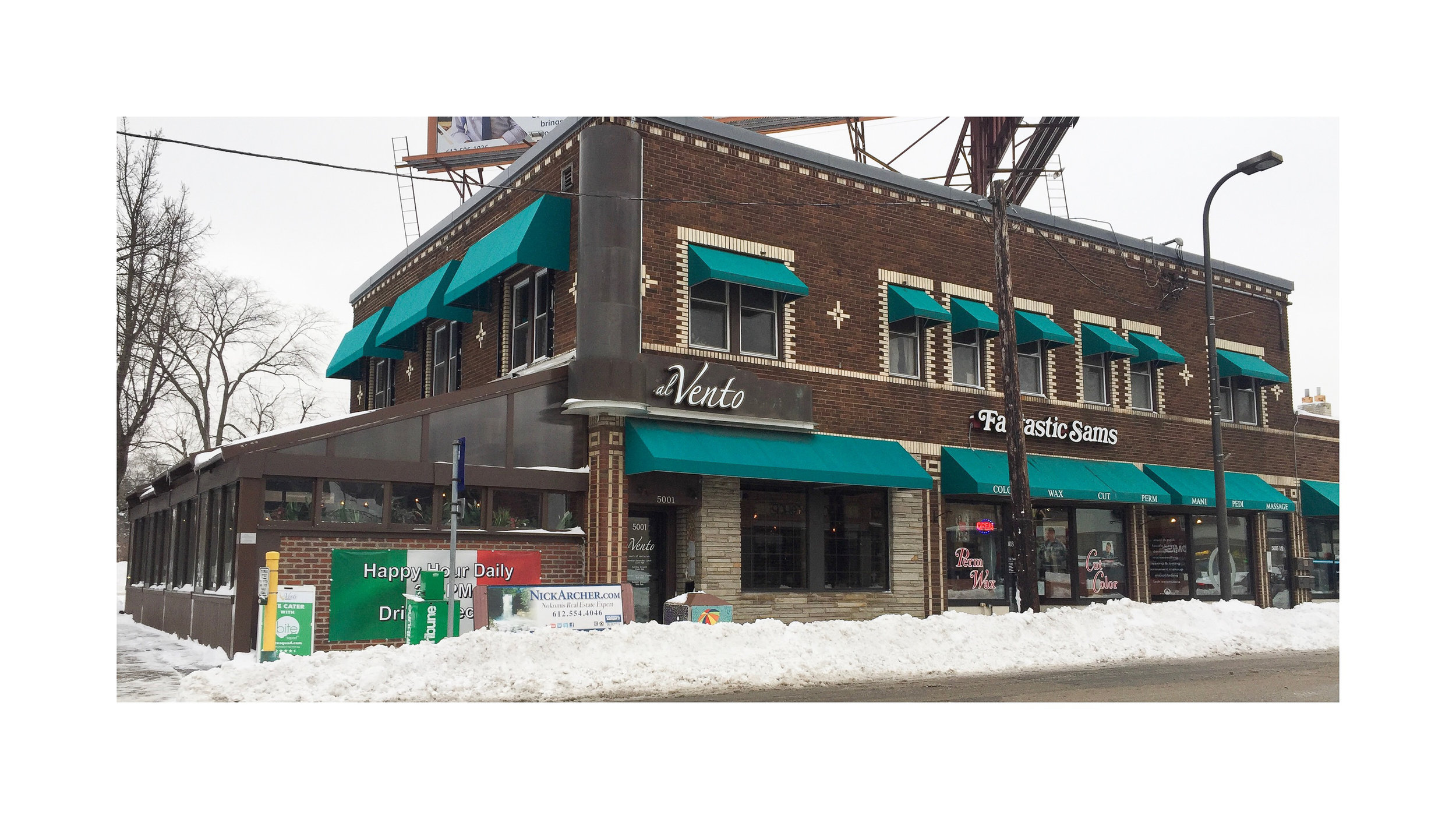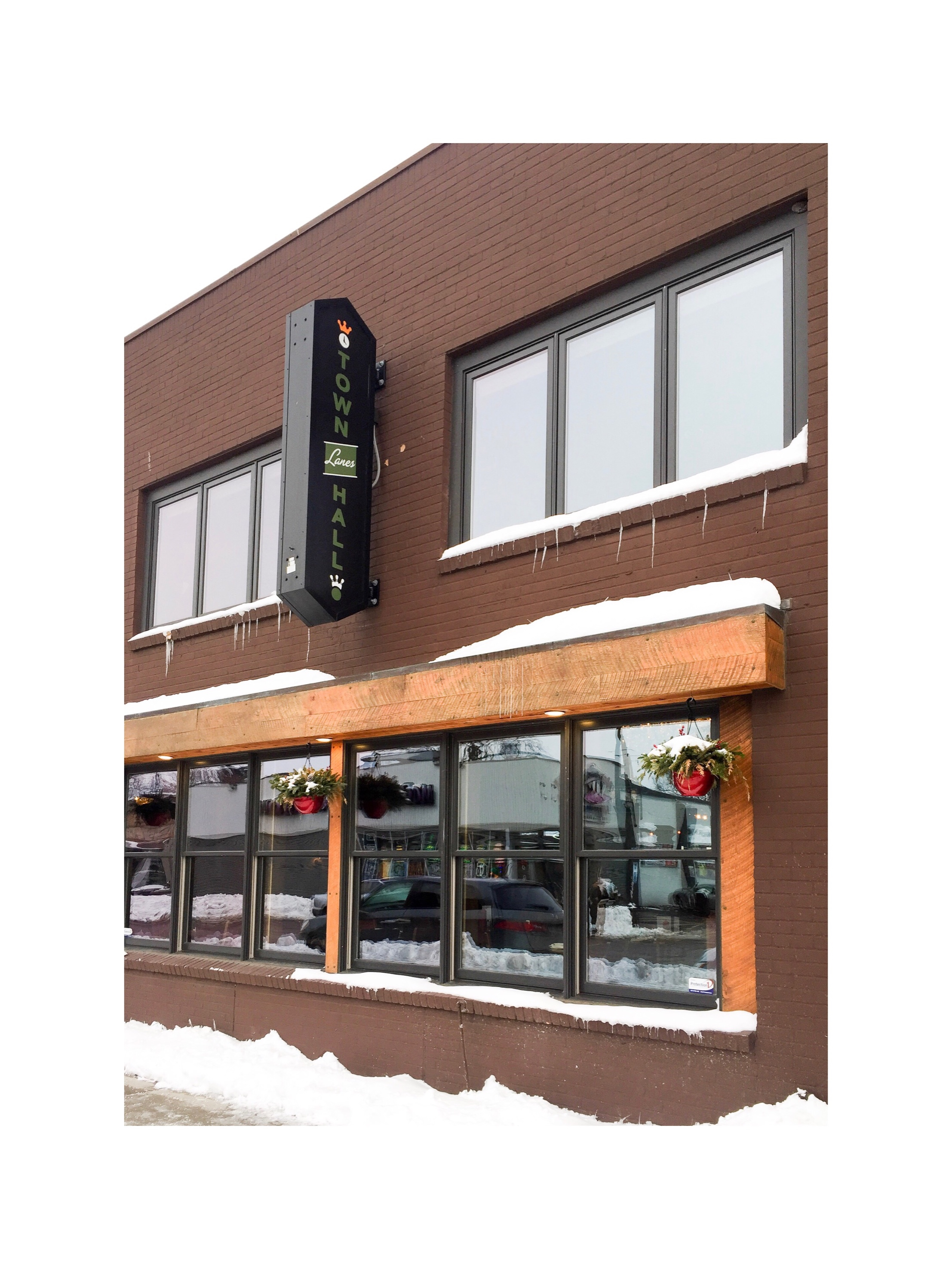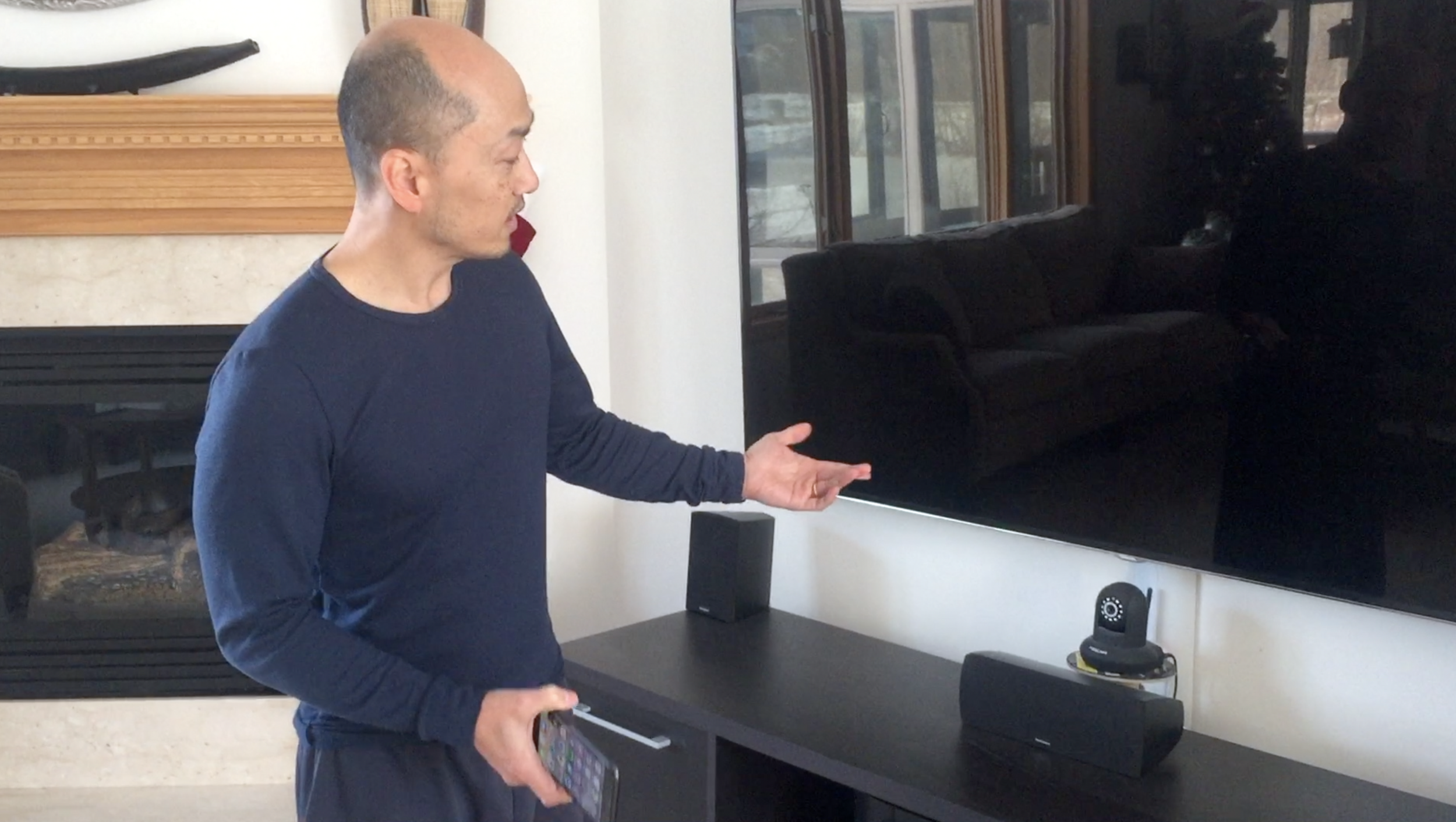Slow & Steady
As we move into spring, trends in the Twin Cities housing market consistently follow the same trajectories as reported last fall. Inventory continues to drop as prices steadily rise. The median home price in the Twin Cities region rose 5% in the last 12 months, from $238,000 to $250,000 and inventory continued its drop to a 2.2 months supply, from 2.7 one year ago.
Twin Cities Median Home Sale Prices
One difference between the major metros remains — St. Paul is more affordable than Minneapolis. Since last fall, however, Minneapolis has experienced a drop in median sales prices while St. Paul has seen a continued rise. Data from last October showed Minneapolis median prices increasing by 5.4% and St. Paul by 2.6%. This spring the numbers have reversed — St. Paul now shows a 6.9% increase while Minneapolis is now at 3.4%. Are buyers being priced out of Minneapolis and setting their sights on more affordable urban neighborhoods? Could be. I've met many home shoppers who've made this claim.
Who's Buying?
Several new homes hitting the market this spring have sold with multiple offers, within days. Some are even selling before print. The demand for move-in ready homes in lower price ranges appears to be even greater than it was last fall as buyers gear up for warm-weather transitions. Who's competing for these homes? There seems to a mix of buyers going after similar single-family homes in urban neighborhoods.
Empty nesters moving from the suburbs to the city are seeking walkable neighborhoods with amenities, mass transit options and smaller spaces to furnish and maintain. At the same time, a growing number of millennials looking to buy their first home, noting similar preferences and a desire to buy below their means, are going after the same. Add investors to the mix. Empty nesters and millennial may find themselves competing with cash-buying investors looking for single-family rentals or small homes to flip. Occasionally these include parents of college students looking to allay the rising costs of rent.
Get Prepared!
If you are searching for homes this spring it's best to be financially prepared and ready to act quickly. Get pre-approved with a good lender and be as flexible as possible with your schedule. You'll want to tour new listings as soon as possible (a day's delay can often be too late.) I also advise seeing multiple homes and researching neighborhoods well before making an offer. You don't want to make an emotional decision under pressure that you may later regret. Having house-hunting experience, a financial plan and a clear, realistic vision will help ease your stress in this seller's market.
New spring listing in St. Paul's Hamline-Midway neighborhood: 4 Bedroom/3 bath | 1534 TSF | $315,000
Up-and-Coming
The recent data also show more drastic increases in median sales prices in traditionally lower-priced neighborhoods throughout the Twin Cities. For example, St. Paul's Hamline-Midway neighborhood has experienced a 13.5% increase in the past 12 months while Highland Park has experienced only 2.1%. Similarly, neighborhoods in north Minneapolis show double-digit increases while those in higher-priced areas like Linden Hills hover in the single digits. This pricing phenomenon raises the issue of gentrification and affordable housing, a very real concern that extends beyond the scope of this post. To further explore local effects, check additional resources here and here.
If you're searching in an up-and-coming neighborhood be sure to work with a professional who's aware of local trends. What may appear overpriced at first glance may end up selling for well over asking with multiple bids. It helps to have an agent who knows the area and stays up-to-date.
Price & Inventory Changes by Neighborhood
MLS-derived data based on Minneapolis single-family homes, all sizes, previously owned, traditional sales. Chart includes a selection of neighborhoods, not all. Check out St. Paul neighborhood chart here.
A balanced market has a 5-6 months supply of homes for sale. Fewer favors sellers.
Has Spring Sprung?
Though early spring inventory remains low, many buyers are holding out hope for more to come. Some suspect the drawn-out winter weather is causing future sellers to delay preparing their homes for the market, which may be true. I've spoken to several homeowners who are still gearing up for a spring (or summer) listing. Sellers may also be lacking any sense of urgency, knowing they too may soon be struggling to find the next place to live.
As home sellers delay, some buyers are doing the same. I've heard several shoppers express their resolve to hold out for the perfect home — a smart tactic if time allows. For others with more urgent needs, this low-inventory market is proving to be quite stressful. Let's hope more homes become available as the days continue to warm. The spring market activity which typically kicks in post-Super Bowl may be off to a slow, weather-permitting start.
If you would like to learn about value increases in your neighborhood or city, please give me a call. If you haven't been following trends in your market, you may be surprised.
Heidi Swanson is a Realtor® based in St. Paul, Minnesota. She writes a blog to share information on a variety of real estate related topics including buying and selling, market conditions, homeownership trends and more. Reach her at heidi@lyndenrealty.com or 651-503-1540.






























































































